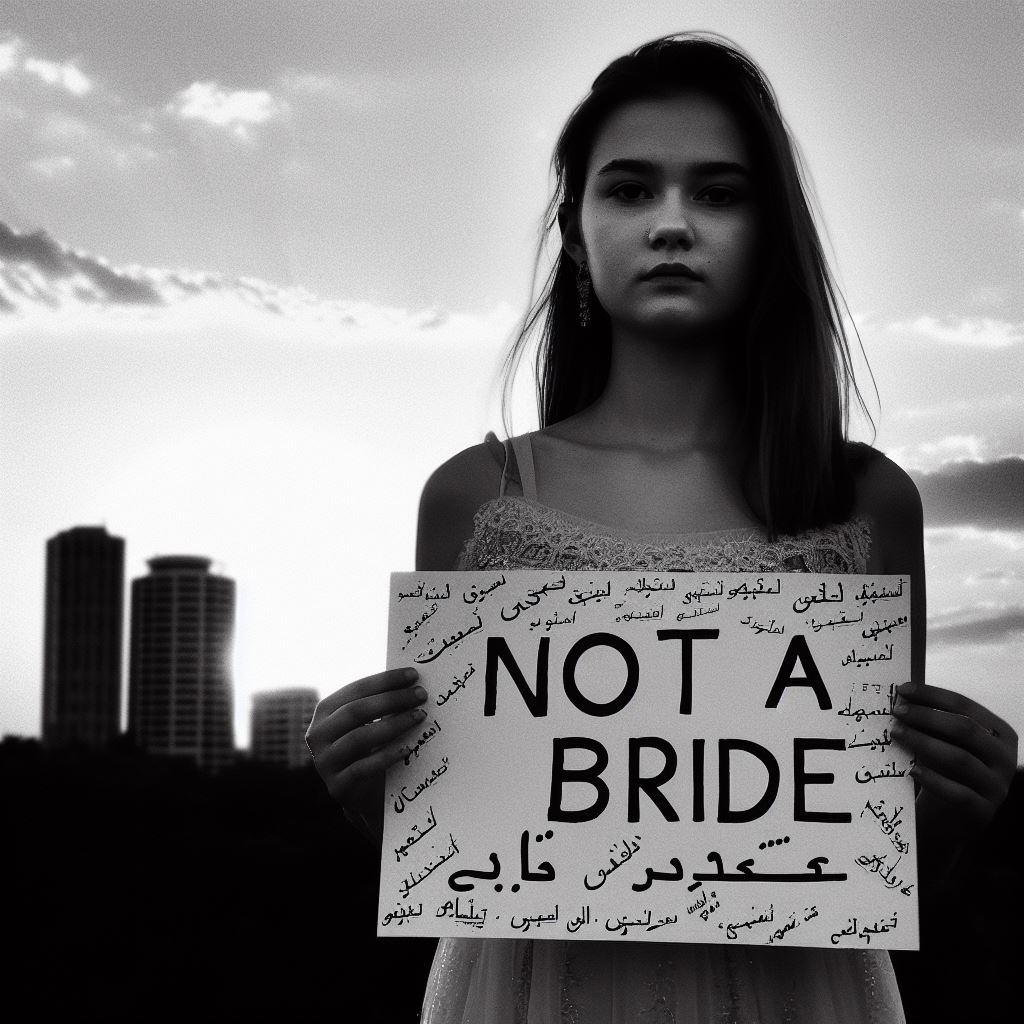
Forced marriage is a complex and highly gendered practice. Although men and boys are also forced to marry, it predominantly affects women and girls. Forced marriages occur in every region of the world and cut across ethnic, cultural, and religious lines. The many drivers of forced marriage are closely linked to longstanding patriarchal attitudes and practices and are highly context specific.
The number of men, women, and children living in forced marriages has risen globally. An estimated 22 million people were living in situations of forced marriage on any given day in 2021. This is a 6.6 million increase in the number of people living in a forced marriage between 2016 and 2021, which translates to a rise in prevalence from 2.1 to 2.8 per thousand people.
Forced marriages take place in every region in the world. Nearly two-thirds of all forced marriages, an estimated 14.2 million people, are in Asia and the Pacific. This is followed by 14.5 per cent in Africa (3.2 million) and 10.4 per cent in Europe and Central Asia (2.3 million). When we account for the population in each region, prevalence of forced marriage is highest in the Arab States (4.8
per thousand population), followed by Asia and the Pacific (3.3 per thousand population).
Over two-thirds of those forced to marry are female. This equates to an estimated 14.9 million women and girls. While women and girls account for the majority of people living in a forced marriage, men and boys are also subjected to forced marriage.
Three in every five people in a forced marriage are in lower-middle income countries; however, wealthier nations are not immune, with 26 per cent of forced marriages in high or upper-middle income countries.
Family members were responsible for the vast majority of forced marriages. Most persons who reported on the circumstances of forced marriage were forced to marry by their parents (73 per cent) or other relatives (16 percent).
Half of those living in forced marriages were coerced using emotional threats or verbal abuse. This includes the use of emotional blackmail – for example, parents threatening self-harm or asserting that the family’s reputation will be ruined – and threats of estrangement from family members, among other things. Physical or sexual violence and threats of violence were the next most used form of coercion to force a marriage (19 per cent).
Once forced to marry, there is greater risk of sexual exploitation, violence, and domestic servitude and other forms of forced labour both inside and outside the home. Females are more likely than males to report being forced to perform work by their spouse or the spouse’s family.
COVID-19 has exacerbated the underlying drivers of all forms of modern slavery, including forced marriage, which often is linked to economic hardship. Widespread socio-economic instability due to the pandemic led to increased global unemployment, increased indebtedness, and an increase in extreme global poverty for the first time in two decades. As the data only partially reflect the effects of the COVID-19 pandemic, the estimates presented in this report are likely to understate the full magnitude of the pandemic’s impact.
from “Global Estimates of Modern Slavery
Forced Labour and Forced Marriage”
© International Labour Organization (ILO), Walk Free, and International
Organization for Migration (IOM) 2022

